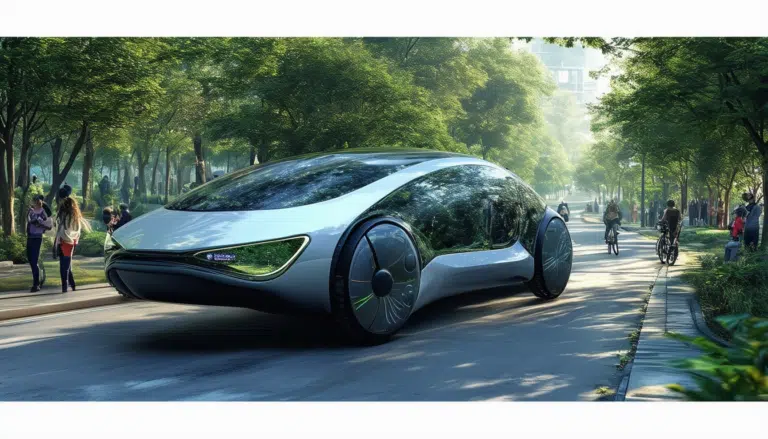Lumen and watts: Effective strategies for service stations to optimize their lighting costs

Understanding the relationship between lumens and watts is crucial for service stations to achieve optimal energy efficiency in their lighting systems. As energy costs continue to rise, it is essential to adopt strategies that not only reduce electrical consumption but also improve visibility and safety. By investing in appropriate lighting technology and conducting a thorough energy consumption analysis, service stations can significantly lower their operating expenses while also contributing to environmental preservation.
Correctly understanding the relationship between lumens and watts is essential for service stations to implement efficient strategies that allow them to reduce lighting costs and improve their energy sustainability. This article explores how to optimize energy spending through proper lighting, focusing on luminous efficiency and the utilization of new technologies such as LED lighting.
The Importance of Energy Efficiency in Service Stations
In such a competitive environment as the service station sector, reducing energy consumption means not only minimizing costs but also promoting an image of commitment to the environment. Energy efficiency becomes a priority for companies seeking to maximize their profits while improving their environmental performance.
A comprehensive approach to lighting can make the difference between a competitive service station and one that is on the brink of efficiency. Modern LED lighting, with its high ratio of lumens to watts, emerges as a key solution to tackle these challenges.
Understanding the Relationship Between Lumens and Watts
Lumens measure the total amount of visible light emitted by a light source, while watts represent the energy consumed by that source. To optimize lighting costs, it is vital to discern how much light is needed (lumens) for each specific area of the station and how much energy is used to produce it (watts).
A high luminous efficiency means that more light can be obtained with less energy consumption. Thus, implementing high-efficiency solutions can result in significant savings on electricity bills and, therefore, a lower impact on the environment.
Practical Example of Luminous Efficiency
To illustrate the efficiency-cost relationship, we can use an analogy with vehicles. Imagine a car that travels 60 km on 3.4 liters of fuel (car A) compared to another that needs 6.8 liters for the same distance (car B). Although both cars achieve the same result, car A consumes less fuel, which represents a lower long-term expense. This same logic applies in the realm of lighting for service stations.
The Advantage of Using LED Lighting
LED lighting has positioned itself as one of the most effective options for reducing energy consumption. LED lamps not only provide quality light but also consume fewer watts for the same amount of lumens compared to traditional technologies such as incandescent or fluorescent bulbs.
Moreover, their long lifespan helps reduce maintenance and replacement costs, making the initial investment quickly recoverable through savings on operating costs.
Cost Savings in Lighting
Companies like Luctron Led Lighting have developed fixtures that allow for savings of up to 50% compared to less efficient systems. This energy saver is particularly critical for service stations, which rely on light to attract customers and operate effectively, generating a positive impact both in the short and long term.
The Importance of a Luminous Study
Conducting a luminous study is key to identifying how to optimize light distribution in different areas of a service station. This analysis allows for customized lighting and ensures that each zone is adequately lit without wasting resources. The evaluation covers areas such as dispensing bays, parking lots, and sales spaces.
The use of simulations and precise calculations helps determine the type and amount of appropriate fixtures, allowing for planning that improves the customer experience and adheres to safety and hygiene regulations.
Implementation Without Purchase Commitment
Offering a free study service without purchase commitment can be a great incentive for service stations looking to implement improvements. This not only provides a professional assessment but also helps reduce installation and maintenance costs by choosing the right materials from the start.
The selection of quality supplies is essential to ensure a long lifespan and great energy efficiency, making responsible consumption a viable and profitable option.
Conclusion
For service stations, understanding and optimizing the relationship between lumens and watts is crucial to fostering a sustainable and economically viable environment. By adopting modern lighting technologies like LED and conducting luminous studies, significant improvements in their economic and environmental performance can be achieved.
Lumens and Watts: Effective Strategies for Optimizing Lighting Costs in Service Stations
Efficient lighting is crucial for service stations in such a competitive market. Understanding the relationship between lumens and watts is fundamental to implementing strategies that allow for cost reduction. As companies seek ways to decrease their operating expenses, it is vital to focus on solutions that maximize brightness while minimizing energy consumption.
One of the most effective strategies is the replacement of obsolete technologies, such as incandescent and fluorescent bulbs, with LED fixtures. The latter consume less energy in relation to the light produced and have a significantly longer lifespan. This change not only positively impacts energy bills but also reduces long-term maintenance costs.
Furthermore, conducting a luminous study allows for determining the optimal distribution of light in the different areas that make up the station. By customizing the lighting according to the specific needs of each area, it is possible to ensure a satisfying experience for customers while reducing unnecessary expenses.
Finally, partnerships with suppliers that offer high energy efficiency equipment are a sound investment. Training personnel on the proper use of lighting and the importance of its maintenance is also vital to ensure these systems operate at maximum efficiency. Implementing these strategies will allow service stations to not only optimize their lighting costs but also contribute to environmental care, aligning with sustainable trends for the future.



